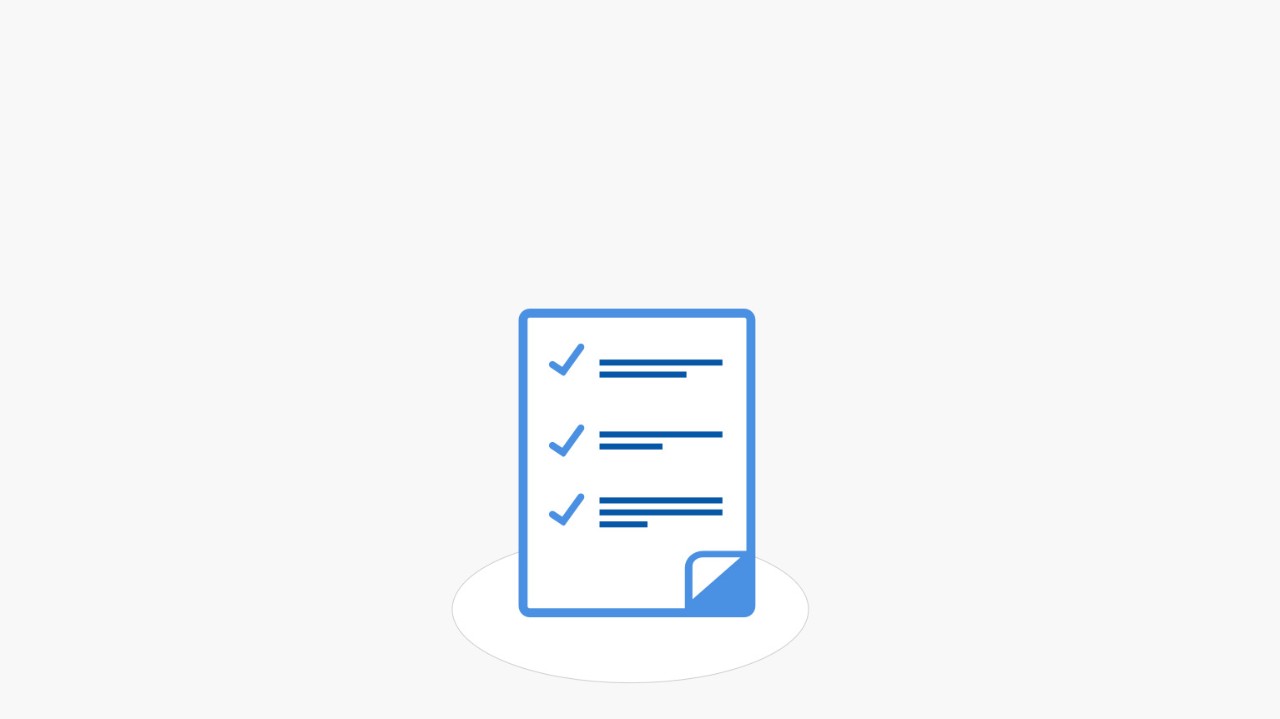How Does Tyre Pressure Affect Fuel Consumption?
No matter what kind of tyres you have, you need to keep them properly inflated to get the best possible fuel consumption. Underinflated tyres can increase fuel consumption anywhere between 0.6% and 3%*. The more underinflated your tyres are, the more fuel you'll use. But it’s also important to be aware that under-inflation can cause damage, meaning you may need to fork out sooner than you’d like on replacing them. Many vehicles are now fitted with electronic tyre pressure monitoring systems (TPMS) to help keep an eye on this. That said, pressures should still be checked manually with a pressure gauge.
To find the right pressure for your vehicle's tyres, take a look either in your handbook or at the sticker on the inside of the driver-side door. But remember, don't go by the maximum pressure reading on the side of your tyre. Always follow the manufacturer’s recommendation. By ensuring your tyres have the manufacturer recommended pressures will ensure you benefit from optimum fuel consumption – under-inflation can also affect the rolling resistance of the vehicle.
Rolling resistance is essentially the effort needed to keep a tyre rolling. A high rolling resistance tyre means your engine will need to work harder to keep your wheels moving. If you’re looking to save fuel, it's important to look – or perhaps even ask at your local garage for tyres with low rolling resistance, which is identified by a rating on the EU Tyre Label, similar to those found on white goods. These tyres are manufactured with advanced rubber compound formulations and innovative tread patterns to achieve the desired effect.











